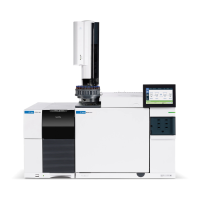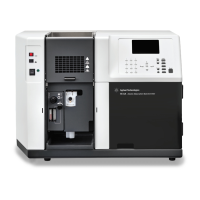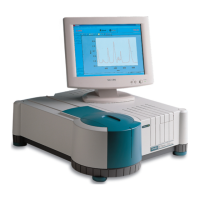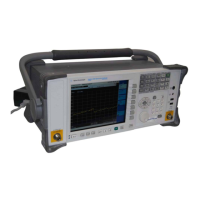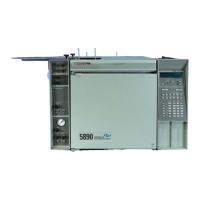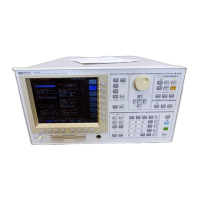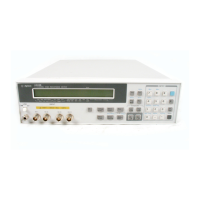20 5975/5977 Series MSD Operation Manual
1 Introduction
Precautions
Take the following precautions when operating a GC/MSD system with
hydrogen carrier gas.
Mass spectrometer manual shutoff
valves closed
Some mass spectrometers are equipped with manual
diffusion pump shutoff valves. In these instruments, the
operator can close the shutoff valves. Closing the shutoff
valves does not shut off the flow of carrier gas. As a result,
hydrogen may slowly accumulate in the mass spectrometer.
GC off A GC can be shut down deliberately. It can also be shut
down accidentally by an internal or external failure.
Different GCs react in different ways. If a 7890 Series GC
equipped with Electronic Pressure Control (EPC) is shut off,
the EPC stops the flow of carrier gas. If a GC’s carrier flow is
not under EPC control, the flow increases to its maximum.
This flow may be more than some mass spectrometers can
pump away, resulting in the accumulation of hydrogen in
the mass spectrometer. If the mass spectrometer is shut off
at the same time, the accumulation can be fairly rapid.
Power failure If the power fails, both the GC and mass spectrometer shut
down. The carrier gas, however, is not necessarily shut
down. As described previously, in some GCs, a power failure
may cause the carrier gas flow to be set to maximum. As a
result, hydrogen may accumulate in the mass spectrometer.
Table 4 Hydrogen accumulation mechanisms (continued)
Mechanism Results
WARNING
Once hydrogen has accumulated in a mass spectrometer, extreme caution must be
used when removing it. Incorrect startup of a mass spectrometer filled with
hydrogen can cause an explosion.
WARNING
After a power failure, the mass spectrometer may start up and begin the pumpdown
process by itself. This does not guarantee that all hydrogen has been removed from
the system or that the explosion hazard has been removed.

